‘Political economy analysis is concerned with the interaction of political and economic processes within a society: the distribution of power and wealth between different groups and individuals, and the processes that create, sustain and transform these relationships over time.’
As the name suggests, political economy is concerned with how political forces influence the economy and economic outcomes. However, the interactions run both ways and political economy is interested in both. Thus, it is economic activity that generates the resources that are required to sustain political activity, for example, election campaign expenses. Moreover, whilst policy might lead to a certain economic activity prospering, this success in itself can generate a political constituency with an interest in maintaining the economic activity, because a sizeable number of people now benefit from it.
As was noted above, the distribution of benefits from economic activity tends to be a neglected aspect of much pure economic analysis. However, within political economy analysis it takes centre stage. Political economists are very interested in who gains and who loses from a particular policy. This is likely to provide important clues as to which groups or individuals support the continuation of the policy, as well as to which groups might be drawn into a coalition seeking to change it.
Using economic tools to examine political phenomena
Another characteristic of political economy analysis is that it uses economic tools to examine political phenomena. As in economics, a characteristic of political economy analysis is the assumption that individual (political) agents are both self-seeking and rational. Economics examines how rational individuals use the resources at their disposal (capital, labour, land etc) to maximise some utility function (for example, maximising profits, income or consumption) by producing goods and services and participating in markets. In a similar vein, political economy examines how such individuals maximise their utility by participating in political activity. Again they have capital and labour (time) at their disposal and they can use these to influence political processes so as to generate policy outcomes that benefit them (most notably, by generating rents for them).
DFID (2009) thus sees political behaviour as being shaped by:
- Interests: those with the ability to influence policy do so in such a way as to further their own economic and/or political interests. Those outside of government may be particularly concerned with economic outcomes. Those inside government might have their own private economic interests, as earlier discussions highlighted. However, they also have political interests, most obviously to retain their positions of power.
- Ideas: ideology remains an important driver of policy, alongside direct economic or political interests. Where individuals are constrained by bounded rationality, such that they cannot reliably assess all the possible outcomes from all the different (policy or voting) choices open to them, ideology gives them a (more or less accurate) guide as to what they should do in order to remain consistent with their basic beliefs and values in life. Incorporating ideas or ideology into political economy models also allows for the fact that some political action is motivated by factors other than pure self-interest. Some people do genuinely enter politics because they want to make the world a better place, although whether that remains their guiding motivation throughout their political career is another question!
- Institutions: as explained by North (1990), institutions are the formal or informal ‘rules of the game’ that structure human behaviour. Generally, there are formal political rules, including a constitution, that define matters such as how leaders are chosen and how a new policy can be introduced. In practice, informal norms and ways of doing things might be as influential in shaping actual outcomes. All these rules help to structure the incentives facing political actors.
Levels and choices
DFID (2009) describe tools of political economy analysis that are relevant to three levels:
- Macro-level or country analysis: at this level one can understand how the big decisions, for example, with respect to the selection of political leaders or the allocation of budgets, are made. One would expect the most powerful interest groups – whether they be industrial, ethnic or otherwise – to be visible at this level. Macro analysis might also consider how the highest level political institutions function: what are the rules of the game facing top political players? One might also expect a country’s history to shape prevailing ideologies and ideas about how things should work and why.
- Sector-level analysis: this examines in more depth the forces shaping policy formation and decision-making at the level of an individual sector or industry. The more important and prominent the sector is within the national economy, the greater one would expect the influence of national level forces to be over decision-making within the sector. However, the possibilities facing all sectors are to some extent constrained by the broader macro context, including budget, macro-economic policy etc. Meanwhile, one would expect actors who do not feature in high-level political debates and events nevertheless to exert influence over outcomes in their particular sector. Moreover, sectoral and local rules will be critical to outcomes and hence fiercely contested by the relevant players.
- Problem-driven analysis: this is a highly practical approach that starts from a particular problem that needs solving and proceeds to examine all the forces (actors and interests, ideas, institutions) that have a bearing on it. According to DFID (2009) the World Bank developed this approach to understand situations where policy reforms that were desirable from a growth or poverty reduction perspective seemed to be continually blocked.
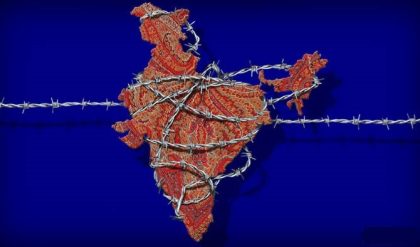
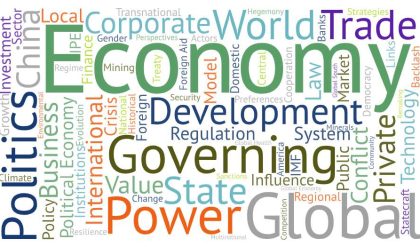
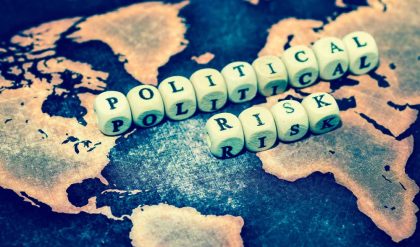
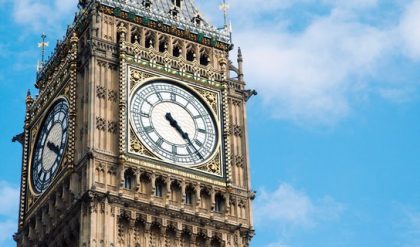
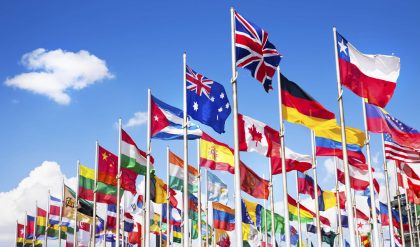
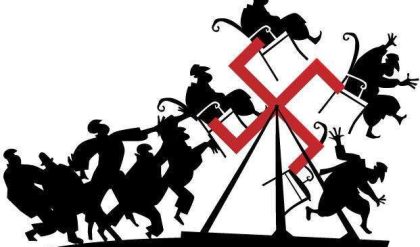
Comments are closed.